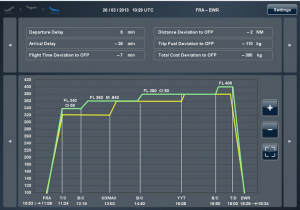http://www.guardian.co.tt/business/2013-10-27/get-away-ngos-charities-says-della-casa-move-social-enterprise
Sallyann Della Casa, founder of The Growing Leaders Foundation says that charity systems of NGOs must give way to social enterprise. Della Casa said she wanted to help people move away from the dependency syndrome and handouts and not only teach them how to fish, but how to market and sell it also.
Della Casa believes that companies and people should move away from this whole charity and philanthropy and get into social enterprise which is a hybrid between an NGO and a full profit organisation.
I agree with Della Casa. She makes a good point that charities are not sustainable, as they are funded by “someone writing a cheque”. Della Casa advocates a system where companies address societal issues but using business knowledge to achieve it. Also, doing it this way means that income can be generated and can be reinvested into the company to make even greater societal benefits, E.g increasing jobs or salaries. Even though Della Casa did not make this point in her article, I believe that shifting away from charities to companies which aim to simultaneous advance the social and economic systems will increase efficiency. Firms will naturally be more efficient then charities because they experience more pressures such as competition, this makes them have more incentive to work harder and become more efficient. With greater efficiency greater value is created according to the Harvard Business Review “Creating Shared Value” who states that “value is defined as benefits relative to costs, not just benefits alone. Therefore in respect to this principle, social enterprise is a better alternative to NGO charities to improve both economic and social conditions.



